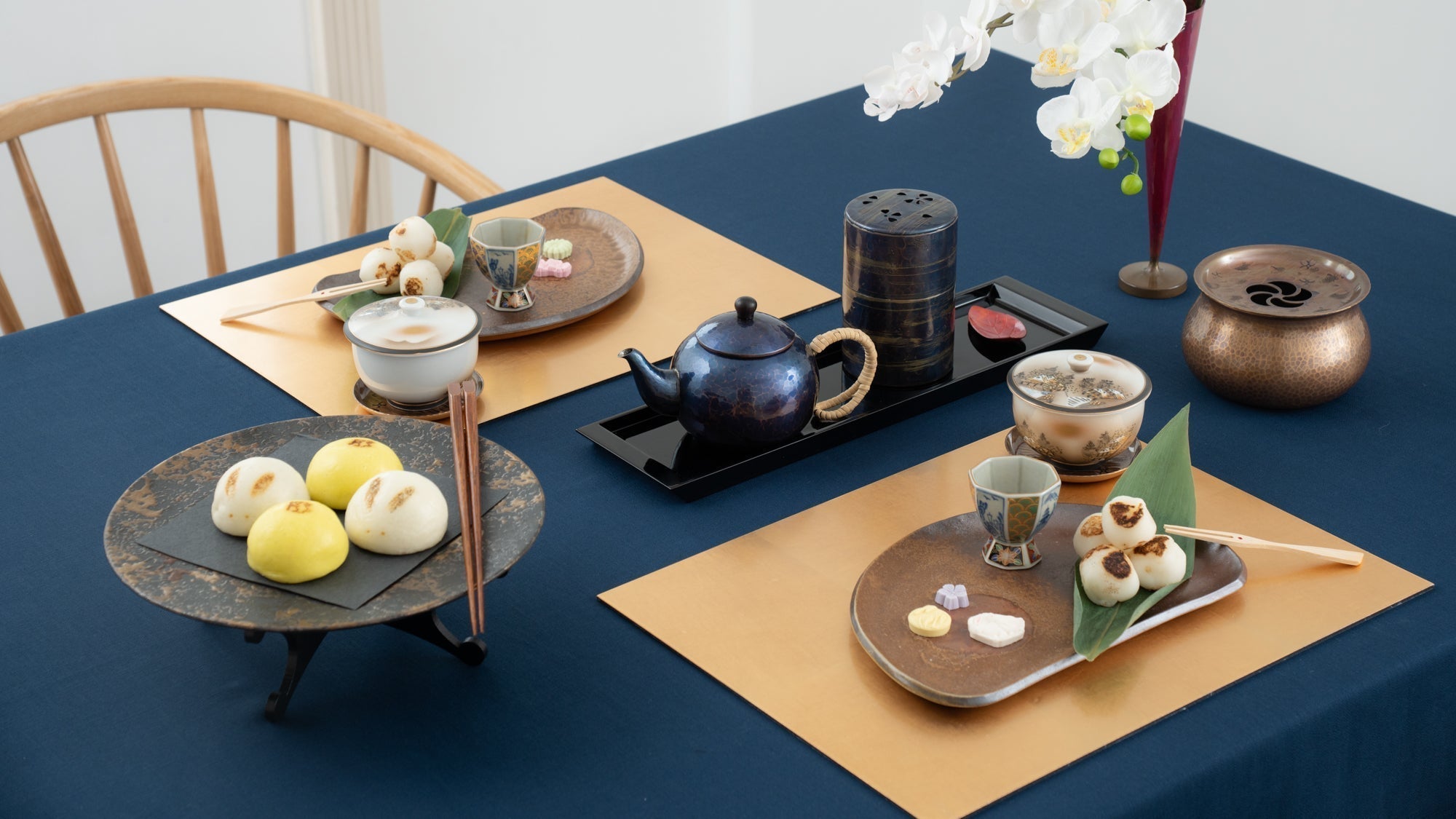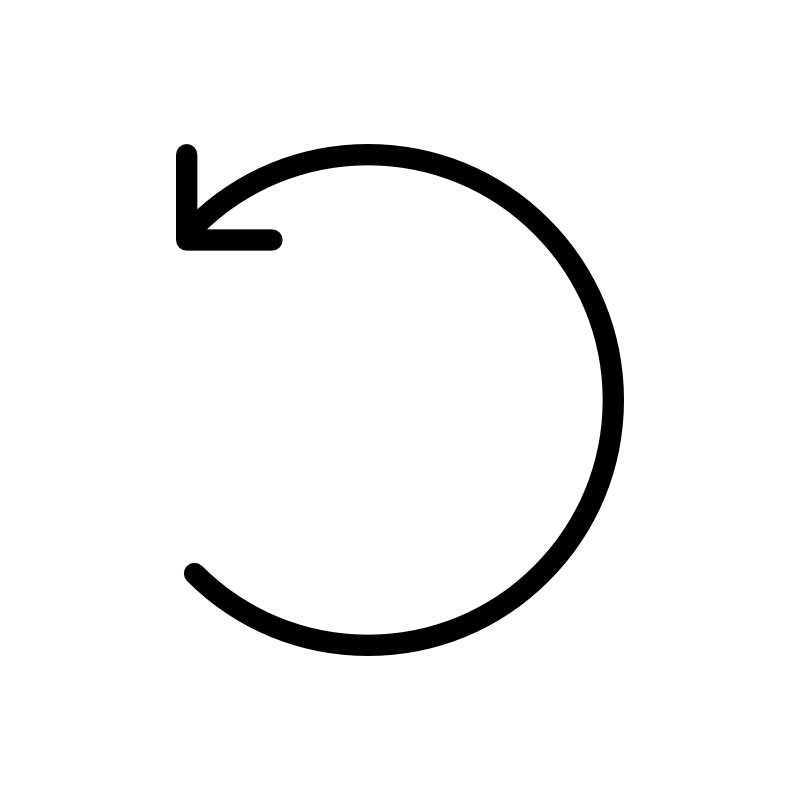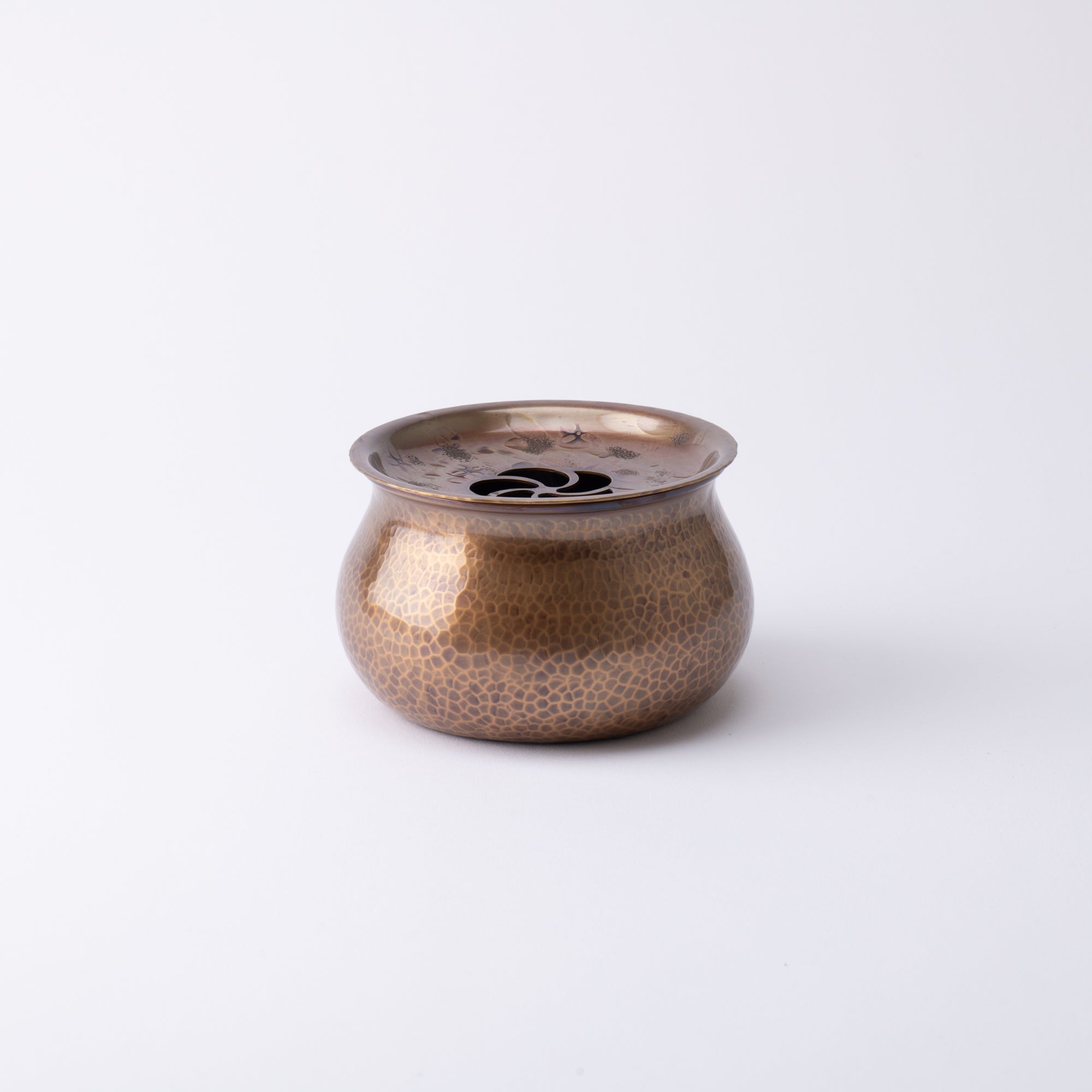

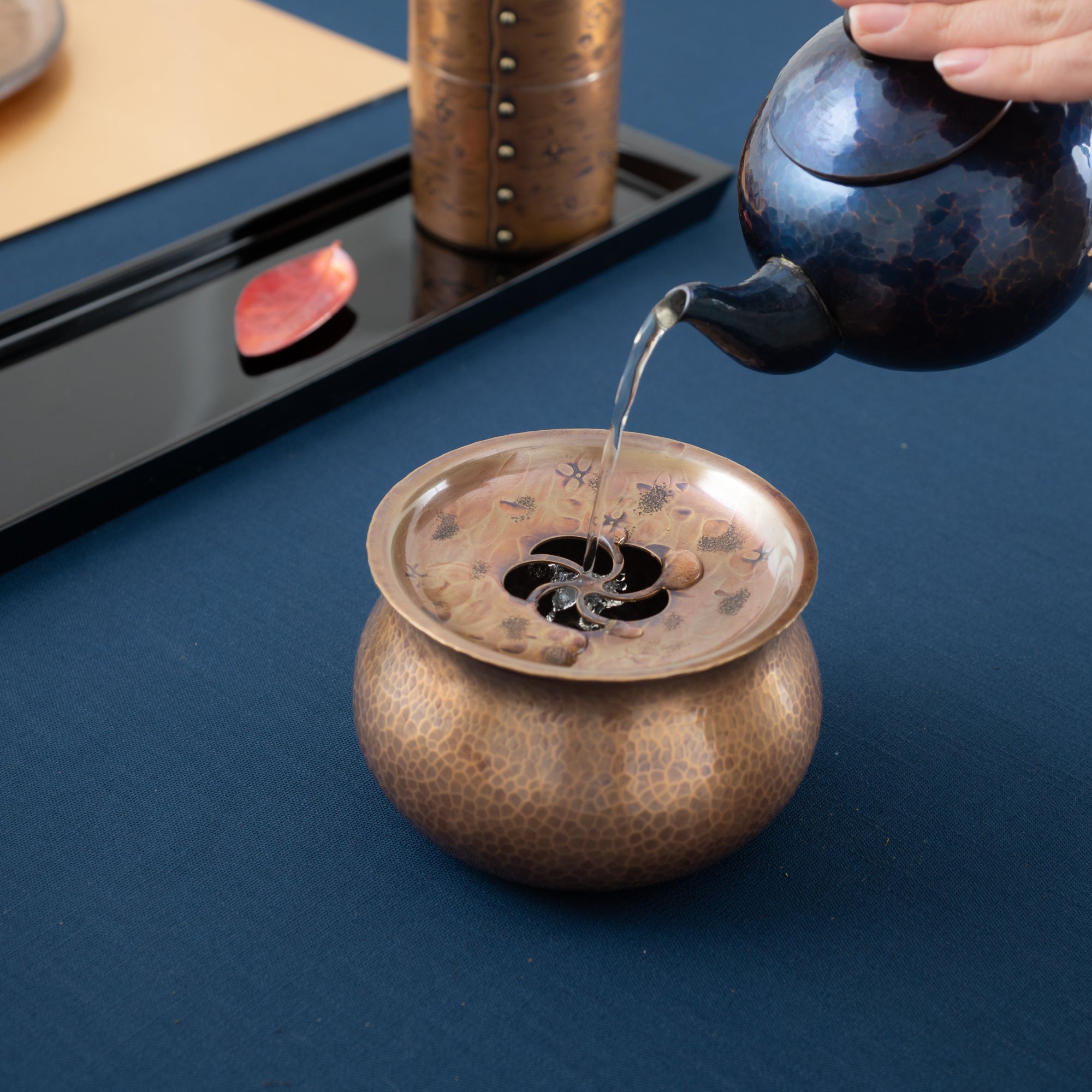

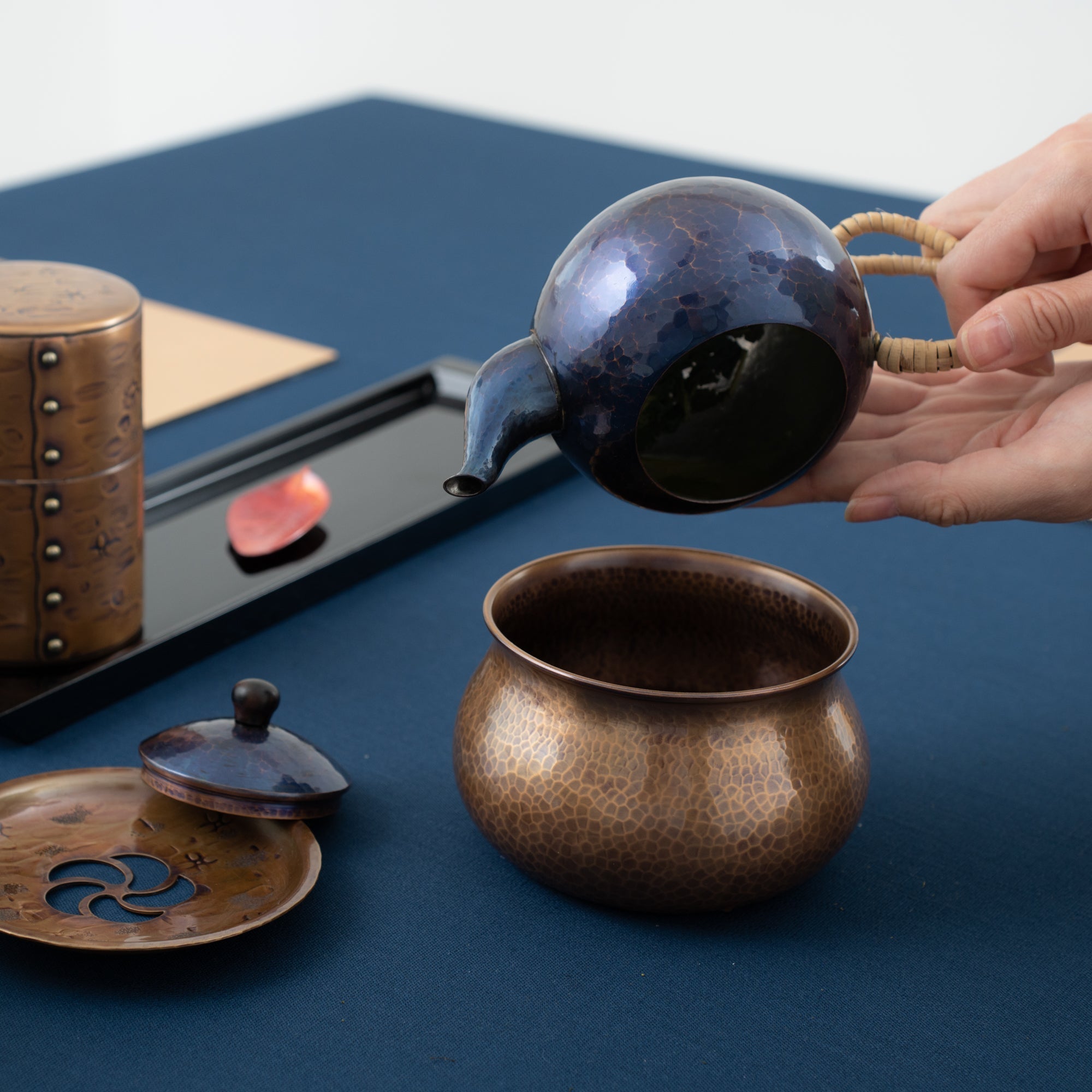
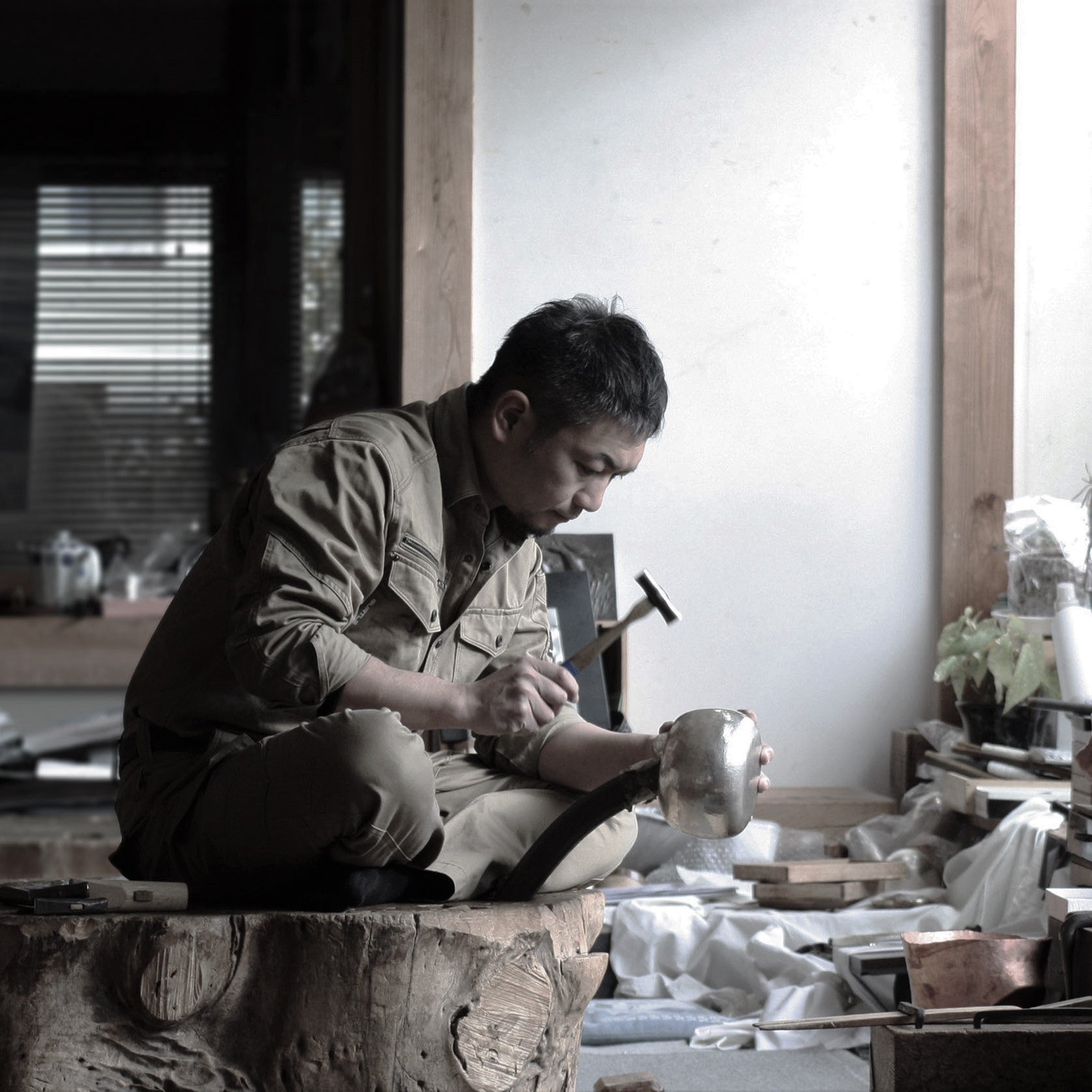
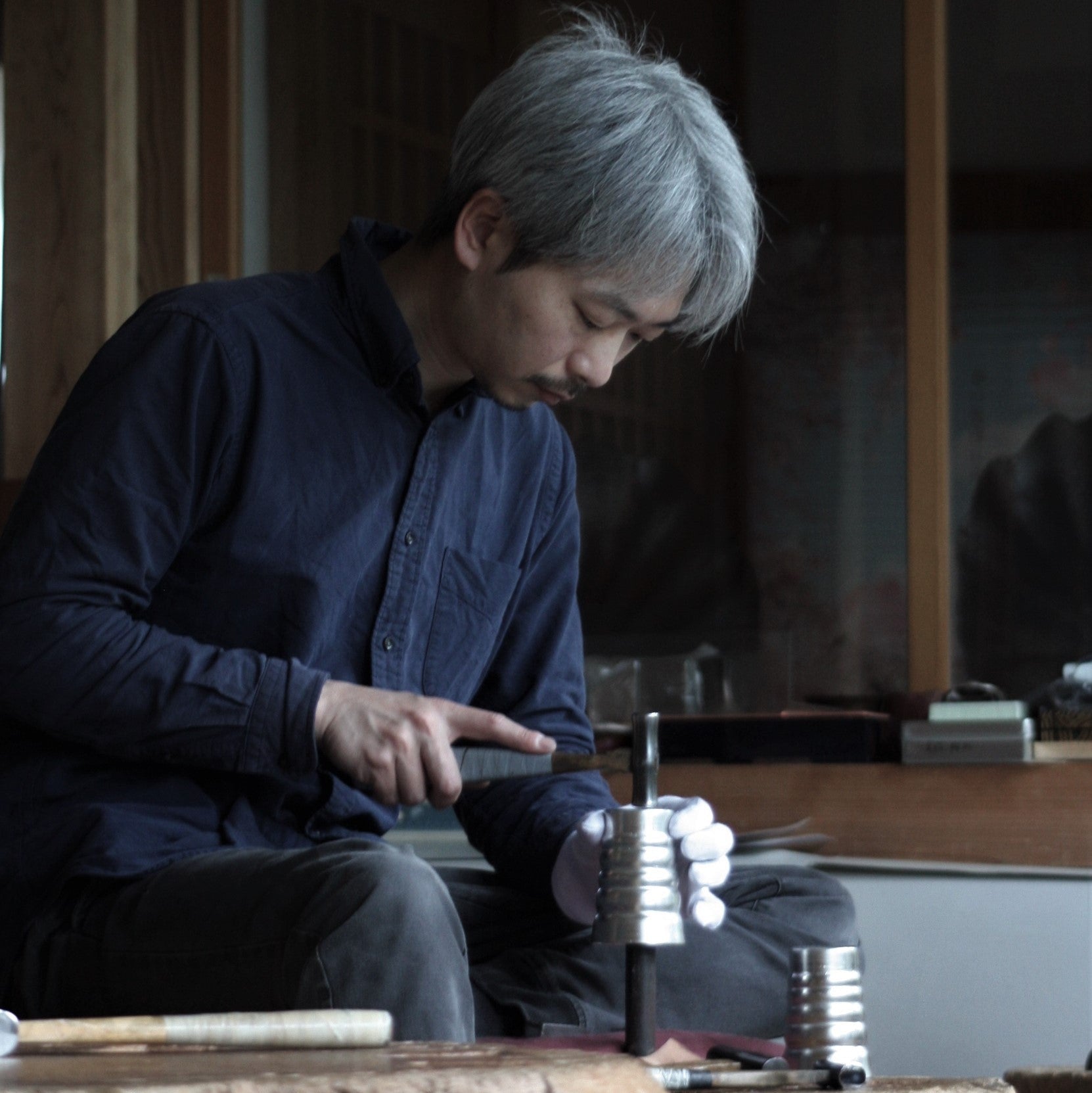


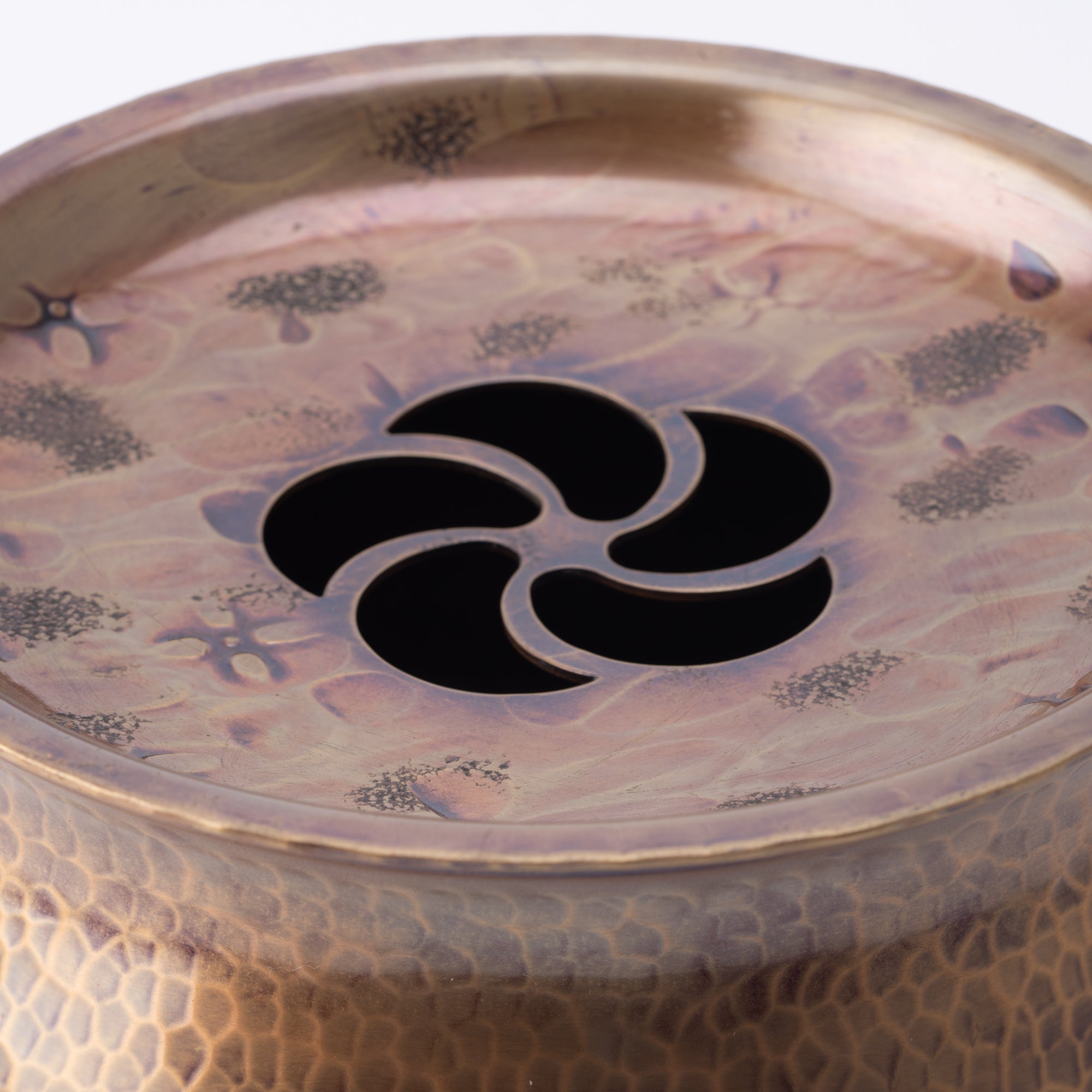
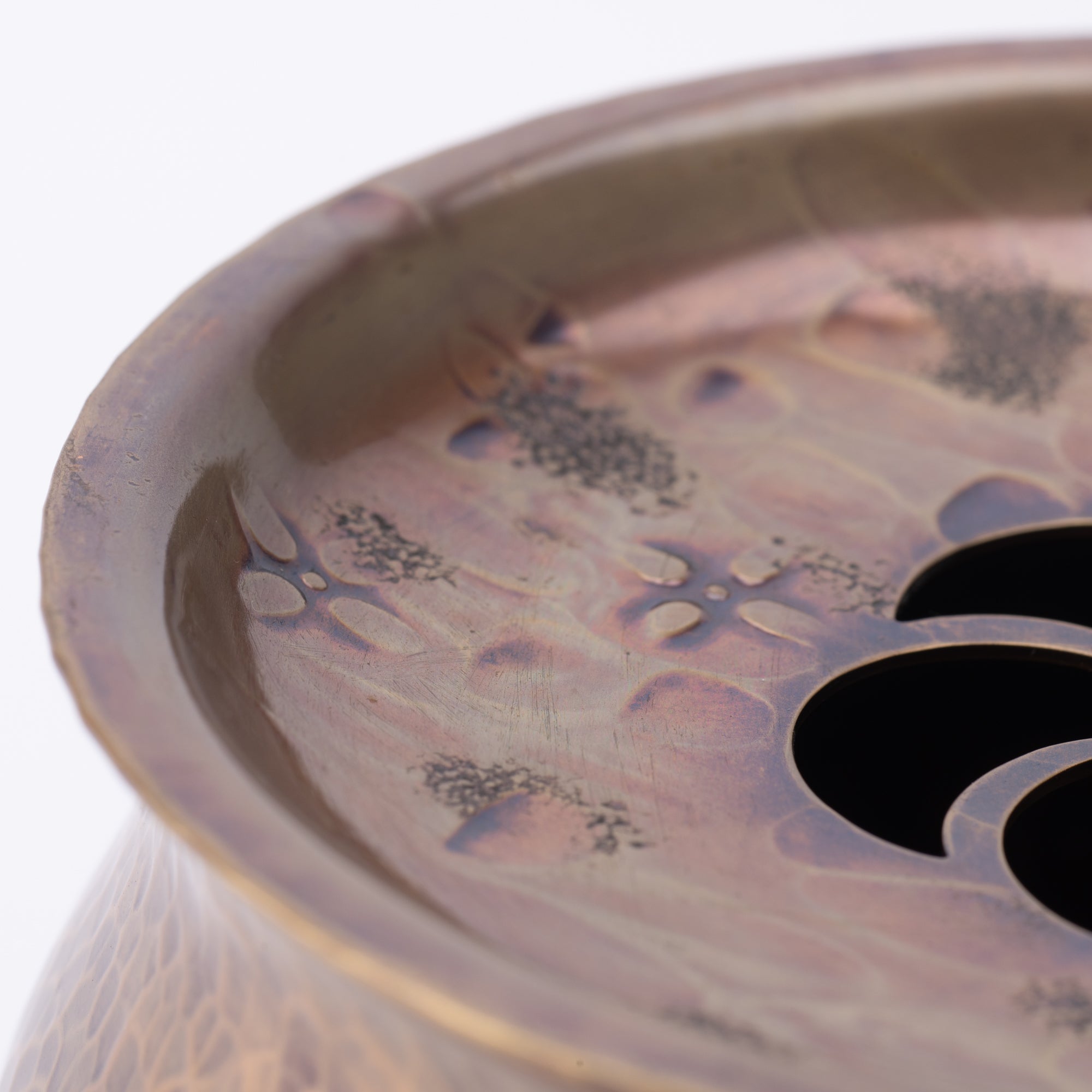

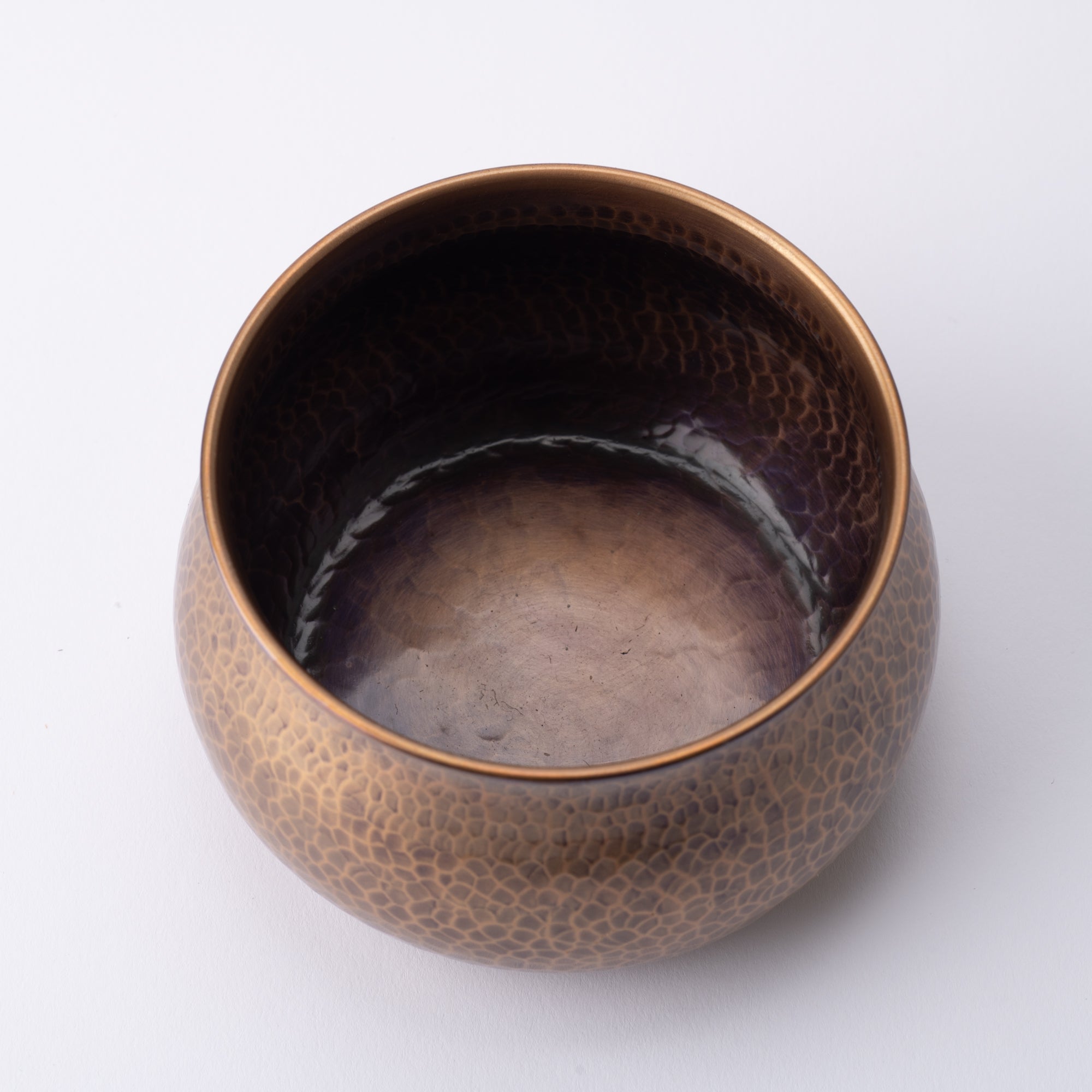
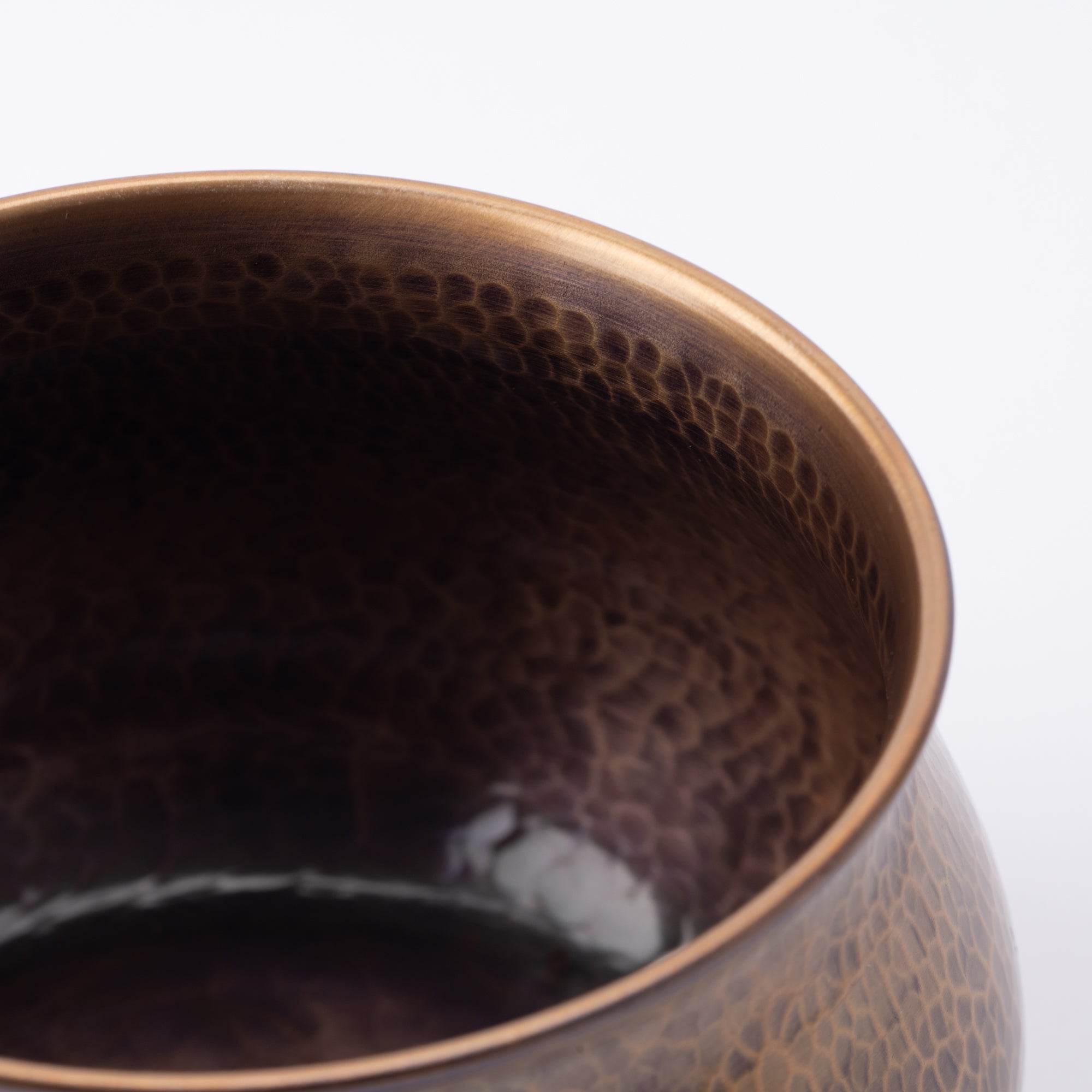
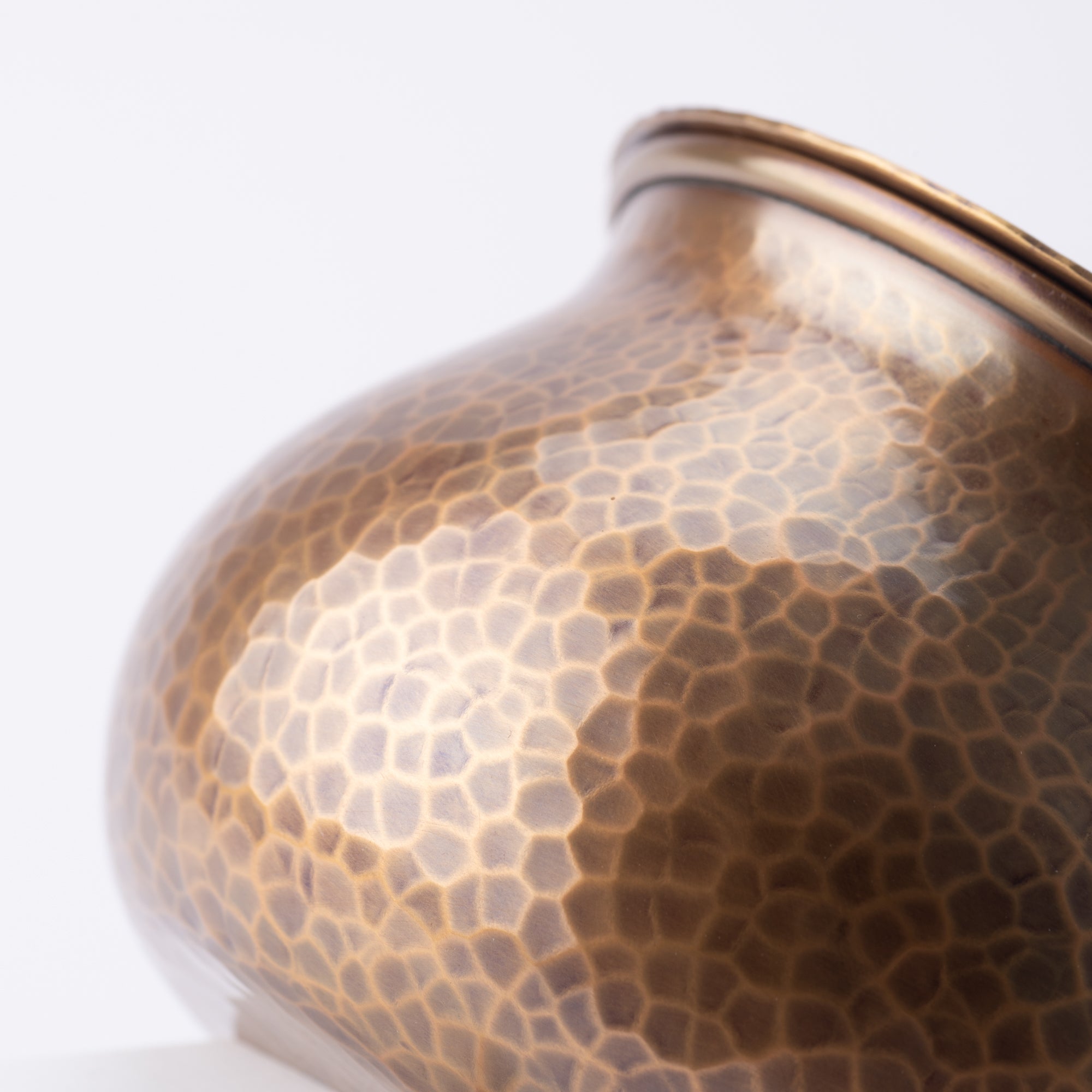

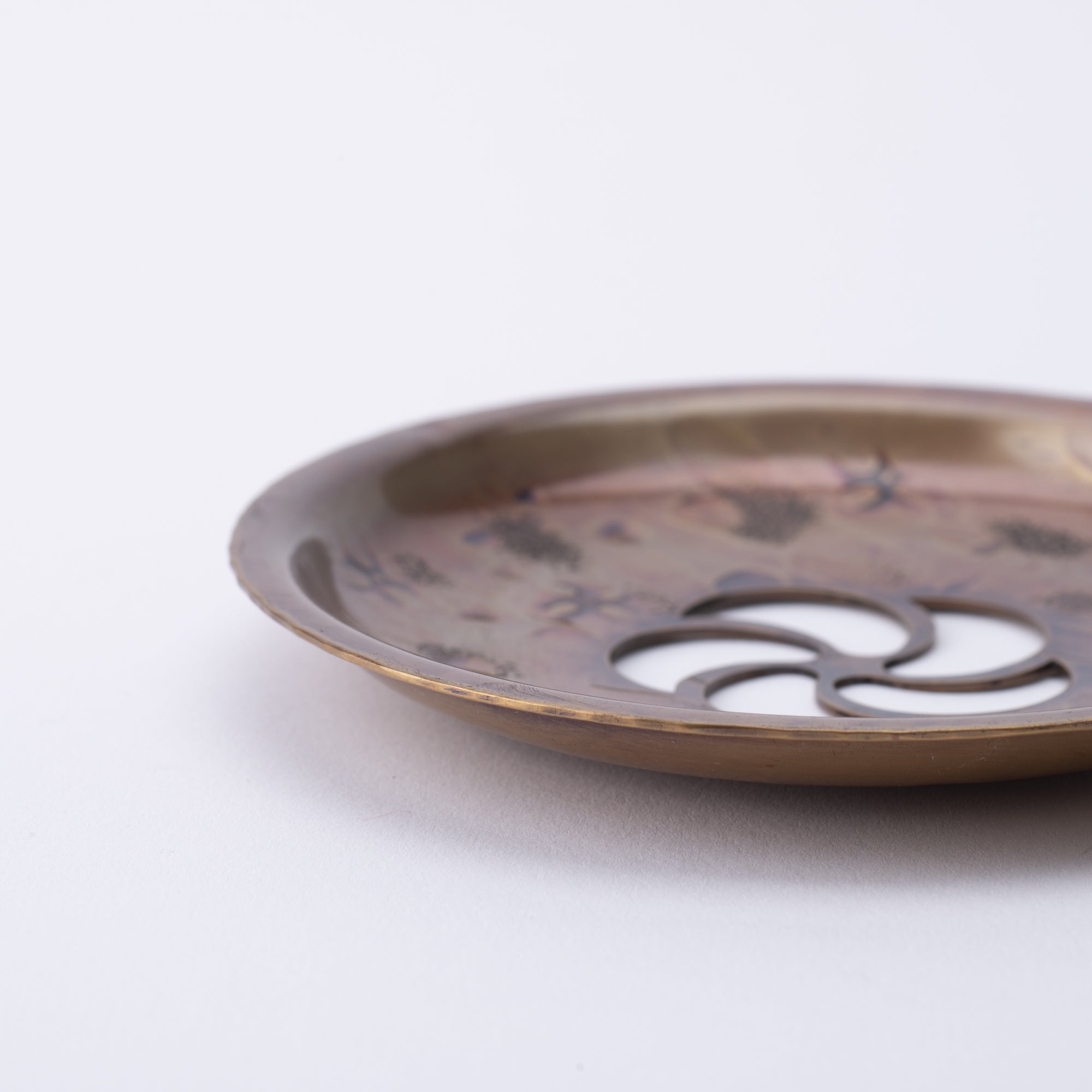
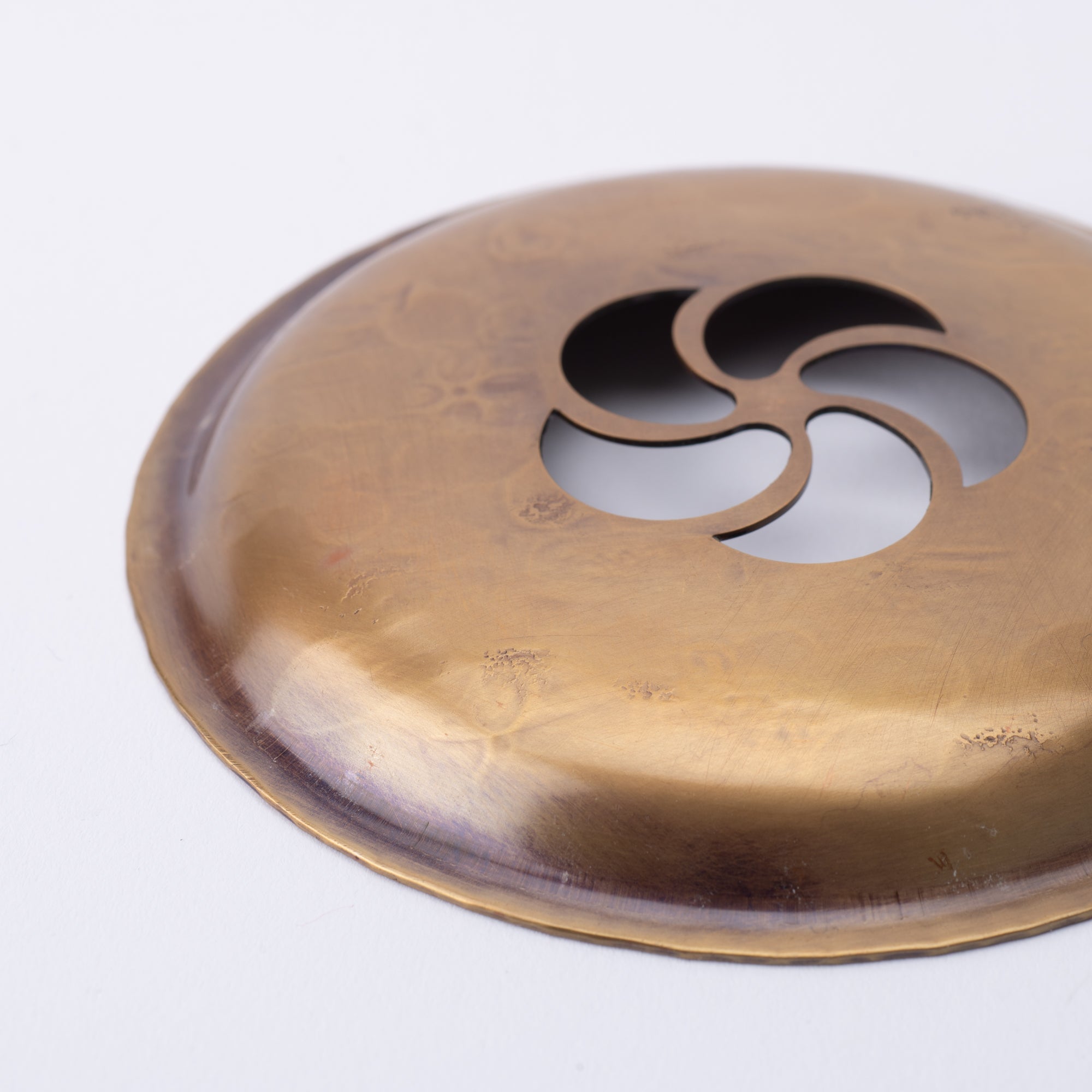
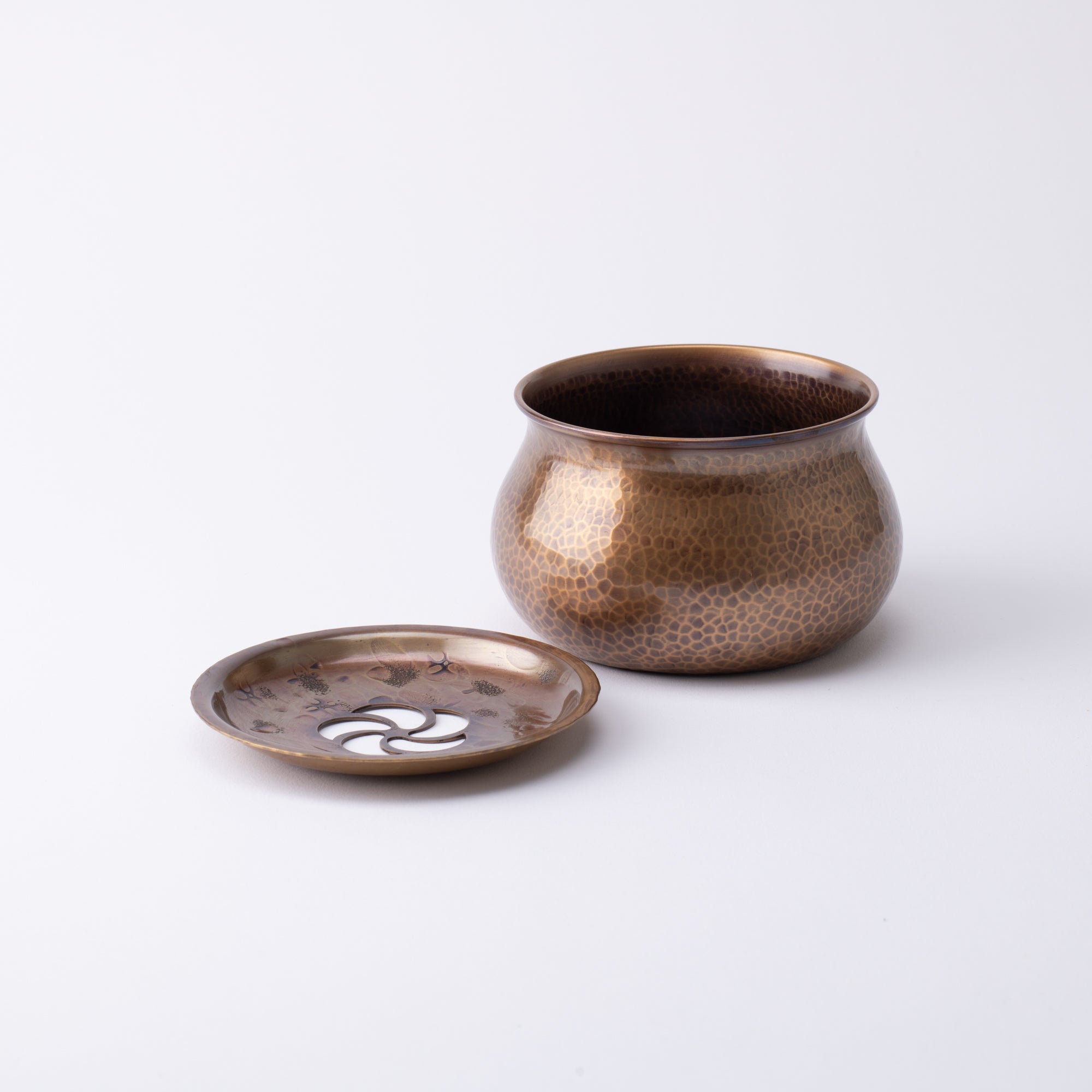
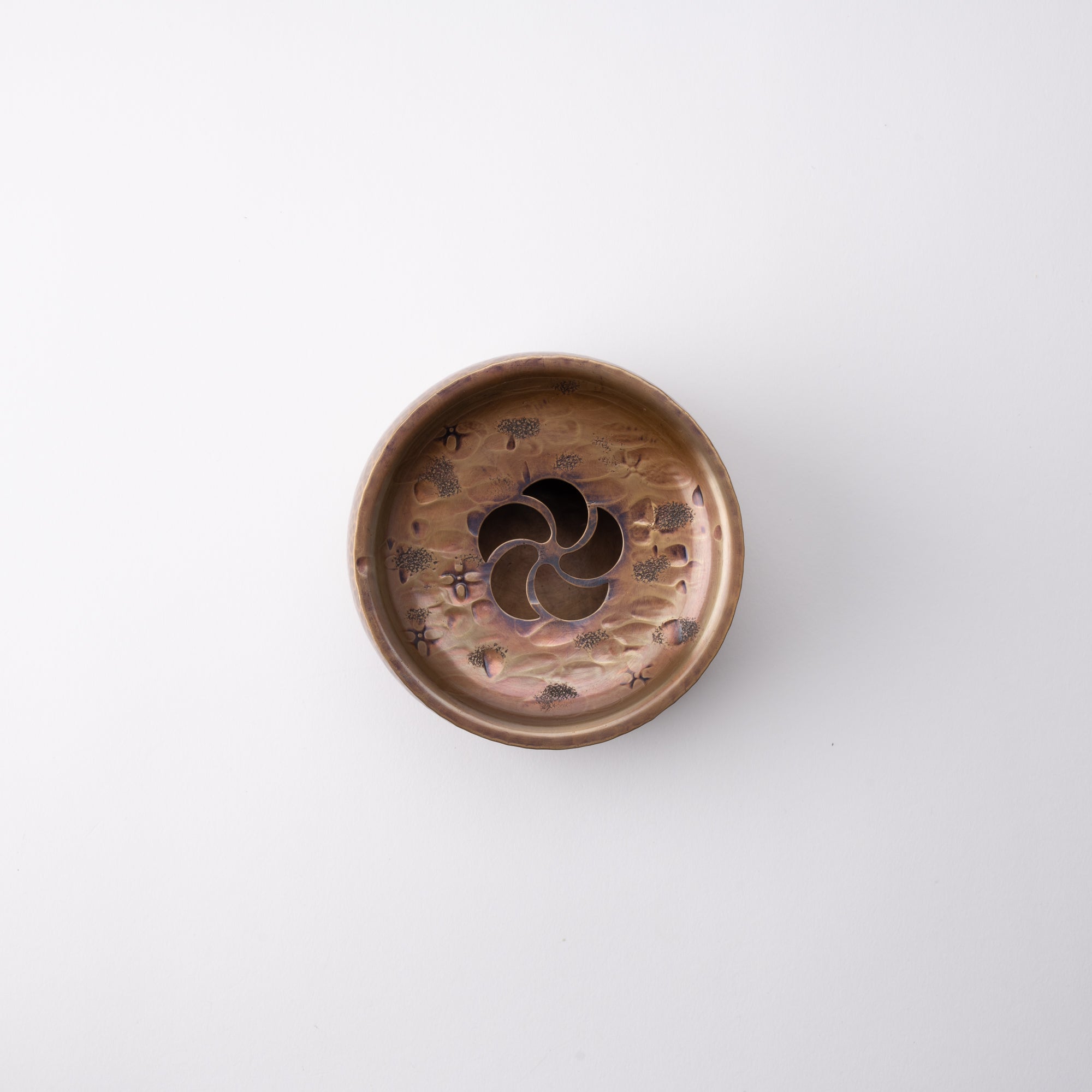
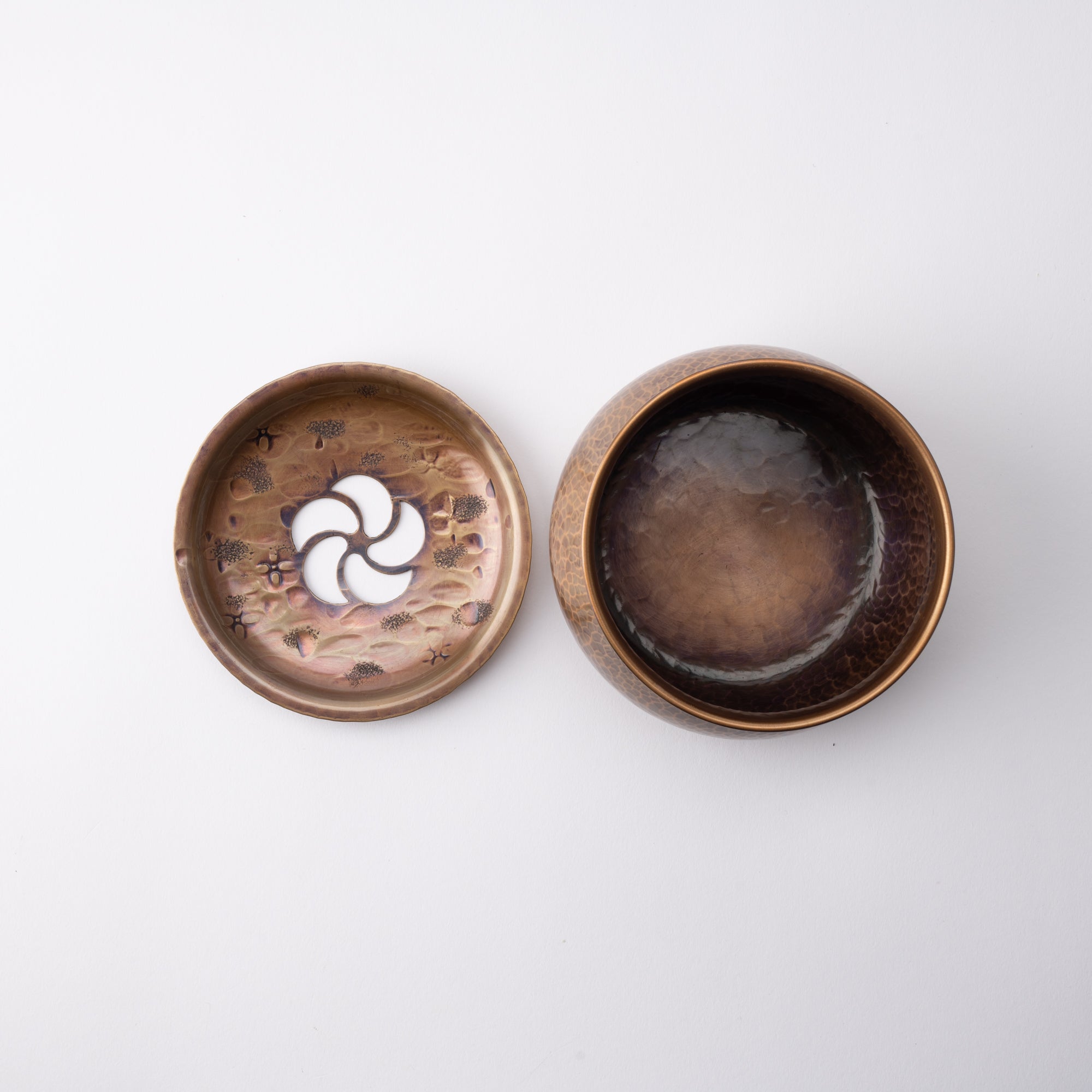
Flower Accented Tea Waste Container
Estimated Shipping Widget will be displayed here!
With "Chakoboshi", you can serve tea to all guests without having to go to the different room to dispose of hot water and tea leaves. It is an item that makes you appreciate the world of tea more deeply.
DETAILS
| Quantity | 1 |
| Size |
D 11.4 cm (4.5 in) × H 7.7 cm(3 in) [bottom] D 9 cm (3.5 in) |
| Weight | 350 g (12.3 oz) |
| Material | Copper |
Maker / Brand
Seigado’s workshop is located at the foot of Mt. Yahiko in Niigata Prefecture, where high-quality copper was discovered about 300 years ago. This region is where the traditional tsuiki metalworking technique finds its roots.
In Japan, there's a saying that things get better with use, and Seigado's products possess a charm that inspires you to cherish and care for them over time.
Crafts
Metalwork has long been prized for its durability and gorgeous appearance. In Japan, bronze swords and harnesses were made from the Yayoi period (10th century BCE–mid-3rd century CE) based on techniques introduced from China and Korea. With the rise of Buddhism, the construction of temples, Buddhist statues, and ritual implements flourished, and metalworking techniques also advanced. Eventually, a wide variety of products such as tea ceremony utensils, Japanese swords, armor, and ornaments came to be manufactured.
Choose options





















Estimated Shipping Widget will be displayed here!
Japanese Tea Waste Containers
Complete your tea ceremony experience with our beautifully crafted tea waste containers, known in Japanese as chakoboshi or kensui. Designed to combine functionality with traditional Japanese aesthetics, these containers help keep your tea-making space tidy while adding a touch of refined elegance. Perfect for tea enthusiasts and tea ceremony practitioners alike.
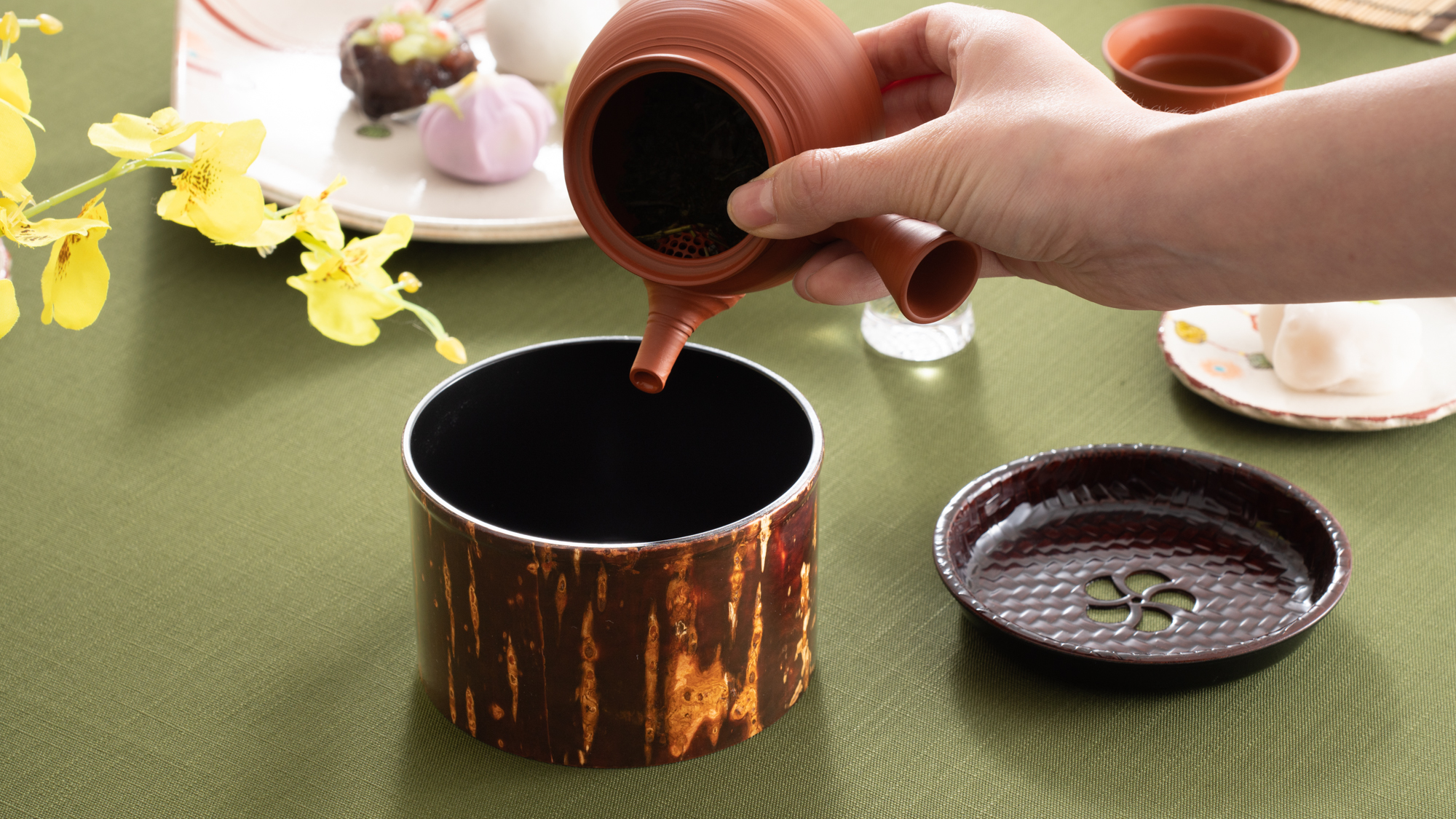
Seigado—The Radiant Beauty of Copper
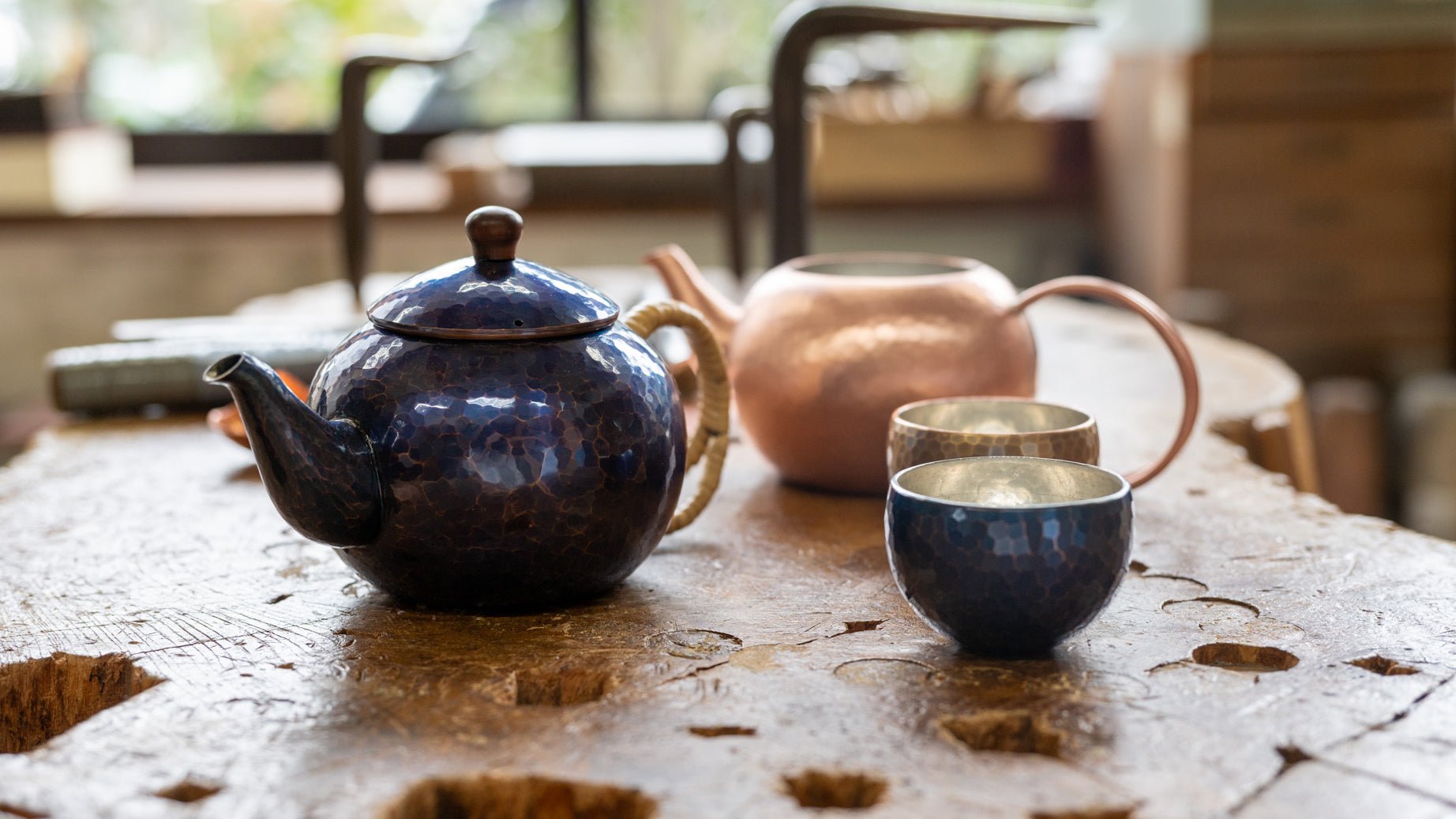
Dessert Time with Japanese Sweets
